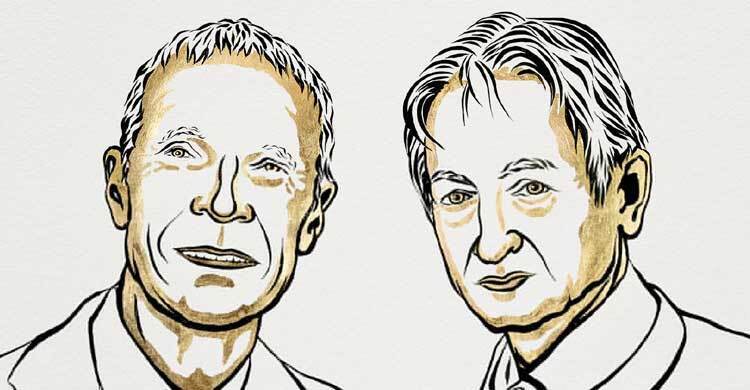Nobel in physics goes to Hopfield, Hinton

The 2024 Nobel Prize in Physics has been awarded to John J Hopfield and Geoffrey E Hinton for their groundbreaking contributions to machine learning through artificial neural networks.
Pioneering work of Hopfield and Hinton
John Hopfield developed a network structure capable of storing and reconstructing information, while Geoffrey Hinton introduced a method for independently discovering patterns in data. This innovation is foundational to modern neural networks, which are now integral to various fields, including artificial intelligence and machine learning.
Physics meets machine-learning
Both laureates applied principles of physics to create systems for detecting patterns in vast amounts of information, laying the groundwork for today’s advanced machine-learning technologies. Machine learning based on artificial neural networks is revolutionizing everything from scientific research to daily applications.
Artificial neural networks, inspired by the human brain’s structure, consist of nodes representing neurons, which influence each other through synapse-like connections. These networks are trained by adjusting the strength of these connections, leading to more accurate outcomes.
Hopfield’s energy-based network
John Hopfield’s work in the 1980s introduced a network model that could save and reconstruct patterns, akin to how the brain processes visual information. His model uses principles from physics, particularly the energy states found in atomic spins. The network is trained to find connections between nodes that minimize energy, allowing it to recreate images even from incomplete inputs.
Hinton’s Boltzmann machine
Building on Hopfield's work, Geoffrey Hinton developed the Boltzmann machine, a neural network capable of recognizing key patterns in data. Hinton’s approach draws from statistical physics, enabling the machine to classify data or generate new patterns based on learned characteristics. His innovations helped spark the current rapid advancements in machine learning.
Impact on physics and beyond
"The laureates' work has already proven immensely beneficial," said Ellen Moons, Chair of the Nobel Committee for Physics. "Artificial neural networks are now widely used in physics, for instance, to develop new materials with specific properties."
Hopfield and Hinton’s contributions have not only advanced machine learning but have also opened new doors in the application of artificial neural networks across various scientific disciplines.

